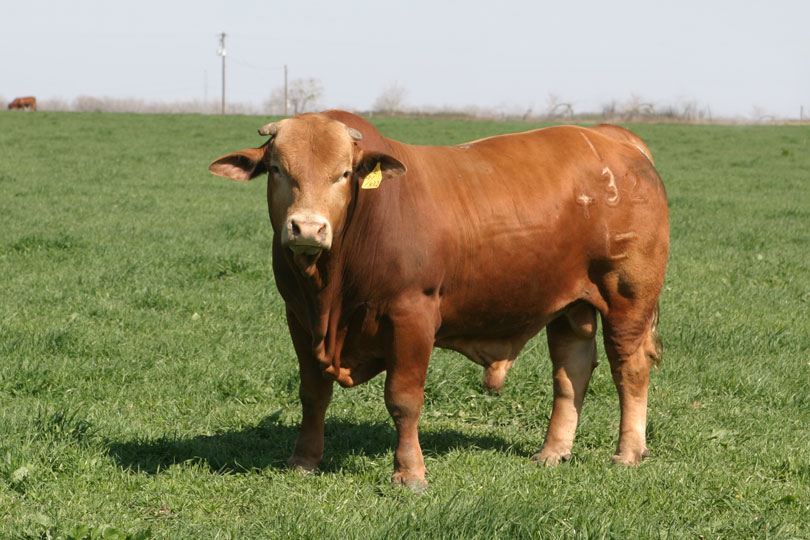By Jennifer Whitlock
Field Editor
In the wake of Winter Storm Uri, ranchers should consider conducting breeding soundness exams (BSEs) on bulls to determine if those animals were affected by frostbite.
“We are encouraging beef cattle producers to conduct a BSE on bulls prior to the spring breeding season,” Dr. Jason Smith, a Texas A&M AgriLife Extension beef cattle specialist in Amarillo, said. “While always a good practice, conducting a BSE this year is probably more important than ever in the recent past.”
That’s because bulls with frostbitten reproductive organs may contribute to delayed breeding seasons, lower conception rates and lighter calf weaning rates. Even without observable injury, low sperm county and quality may also occur.
A pre-breeding BSE is the sole method of objectively evaluating bulls prior to turning them out, Smith added.
Early reports seem to indicate higher-than-usual rates of BSE failure and deferment for retesting in bulls with visible signs of frostbite. Many of those cases are likely due to damage to sperm that occurred during storage in the epididymis, which is located inside the scrotum adjacent to the testes.
The damage is probably from excessive testicular heating as a response to frostbite, Smith said. Similar instances of epididymis injury can also occur in the hot summer months from extreme heat stress.
“We also preliminarily expect younger bulls to have been more resilient to the extreme cold, as they have a greater ability to raise their testes to regulate scrotal temperature and prevent frostbite. However, we do not yet have the objective data to support that notion,” he said.
This year, ranchers should request their veterinarian conduct complete BSEs, including Trichomoniasis testing, sperm motility and morphology and physical defects, according to AgriLife Beef Cattle Specialist Dr. Ron Gill.
A quick screening for sperm motility is more common in field exams, but morphology is just as important for sperm to fertilize an oocyte, he said.
While the prospect of valuable bulls failing BSEs may cause alarm, Gill said many that fail or are deferred for re-testing can recover and pass a BSE, even without waiting the full 60 days it takes to produce and develop new sperm cells (spermatogenesis).
Even in years without the extreme stress of an Arctic blast, Gill noted a BSE failure rate of 15-20 percent, or about one out of every five bulls, is average.
“A key takeaway from this is to not panic and not immediately cull all bulls that fail a BSE or are deferred for re-test,” he said. “Once results are known on the initial tests, plans can be made to locate additional sires if needed, or a plan can be developed to rotate sires in and out during the breeding season.”
It’s important to complete BSEs so ranchers don’t lose out on valuable profits through the use of a non-breeding or low-performing bull.
“This extreme weather event is one of many reasons why working with your veterinarian to conduct a pre-breeding BSE on all bulls is always advised, regardless of past performance,” Smith said. “This is also true for recently purchased bulls that underwent a BSE prior to the winter storm. For producers who do not routinely conduct pre-breeding BSEs, this would certainly be the year to start, and to start early.”

